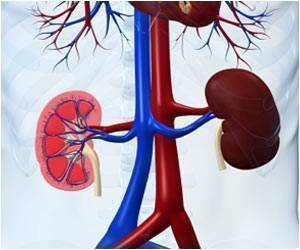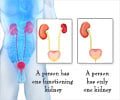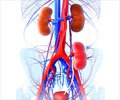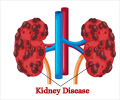Patients who received their first kidney transplant at ages 14 to 16 years appear to be at increased risk for transplant failure, with black adolescents having a disproportionately higher risk of graft failure.

Existing medical literature does not adequately describe the risks of graft failure among kidney transplant recipients by age. Organ losses by adolescents are partly due to physiologic or immunologic changes with age but psychological and sociological factors play a role, especially when they affect medication adherence, according to the study background.
Kenneth A. Andreoni, M.D., of the University of Florida, Gainesville, and colleagues analyzed 168,809 first kidney-only transplants from October 1987 through October 2010. Age at transplant was the primary factor studied.
"Adolescent recipients aged 14 to 16 years had the highest risk of any age group of graft loss … starting at one year after transplant, and amplifying at three, five and 10 years after transplant," according to the study results. "Black adolescents are at a disproportionate risk of graft failure at these time points compared with nonblack adolescents."
In the study, researchers also note that donor type (deceased vs. living) and insurance type (government vs. private) also had an impact along with a kidney transplant recipient''s age.
"Among 14-year-old recipients, the risk of death was 175 percent greater in the deceased donor-government insurance group vs. the living donor-private insurance group (hazard ratio, 0.92 vs. 0.34), whereas patient survival rates in the living donor-government insurance and deceased donor-private insurance groups were nearly identical (hazard ratio, 0.61 vs. 0.54)," the study results indicate.
Advertisement
"The realization that this age group is at an increased risk of graft loss as they are becoming young adults should prompt providers to give specialized care and attention to these adolescents in the transition from pediatric to adult-focused care. Implementing a structured health care transition preparation program from pediatric to adult-centered care in transplant centers may improve outcomes," the study concludes.
(JAMA Intern Med. Published online July 29, 2013. doi:10.1001/jamainternmed.2013.8495. Available pre-embargo to the media at http://media.jamanetwork.com.)
Advertisement















